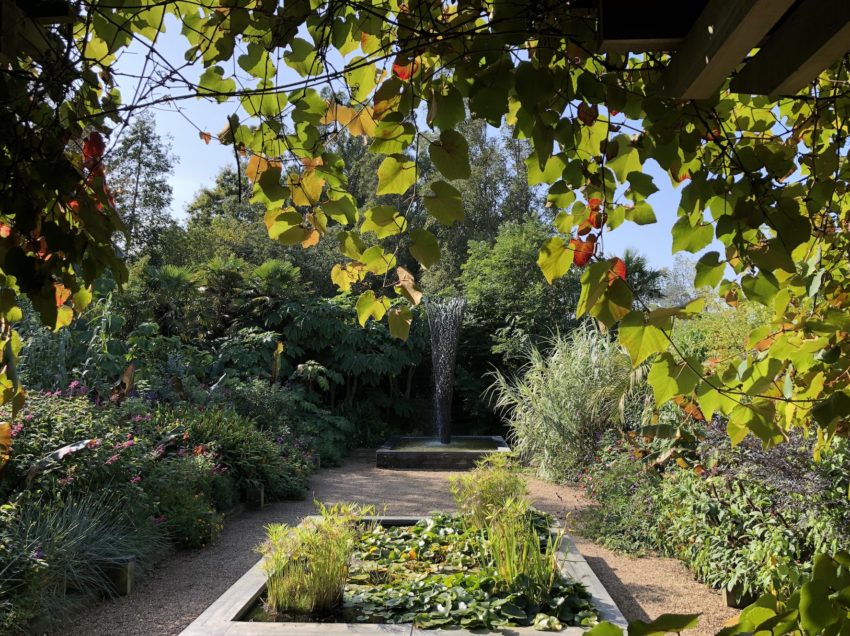2020 has been a year of lockdowns and social distancing, confinement to base and almost no travel. Our garden and allotment has been a lifesaver for us, allowing us to get out and appreciate nature and fresh air. And during our staycation in East Anglia, we visited a collection of magnificent gardens that gave us no end of inspiration.
By far the most impressive was the 32-acre East Ruston Old Rectory Garden in Norfolk, just a few miles from one of the country’s rapidly eroding coastal cliffs at the pretty village of Happisburgh. The garden is exposed to the gales that regularly sweep in from the North Sea but was nevertheless created enthusiastically by a couple who bought the rectory and just two acres of barren ground in 1973. Much expanded over the years by the purchase of neighbouring farmland, it’s now a dreamy place with a wide variety of planting styles, trees, fruit, veg and perennials. Neither Alan nor his partner Graham were trained horticulturists but over the years they’ve created a space that the most experienced of professionals would be proud of.
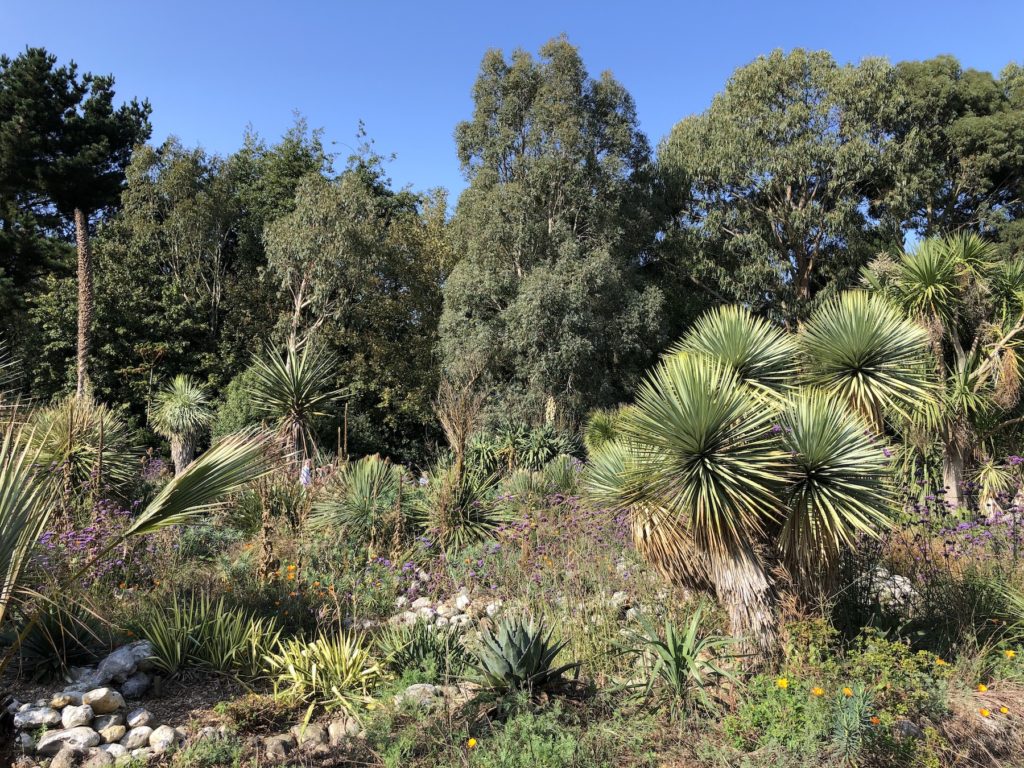
The garden is surrounded and punctuated by trees and hedges, which they planted to protect their gardens from the worst of the winter storms, while much of the southern edge is laid to lawn or given over to meadows and orchards. To the west lies a woodland garden. Elsewhere they’ve designed a wide range of garden ‘rooms’ – dry, formal, Dutch, Mediterranean, exotic and rose gardens among many others. Even in September, when many plants are in decline, the garden looked lush and colourful. Alan and Graham pottered about among their many socially distanced visitors and I walked around in awe at what they’ve done over the years, yearning to have the acres they’ve got to garden.
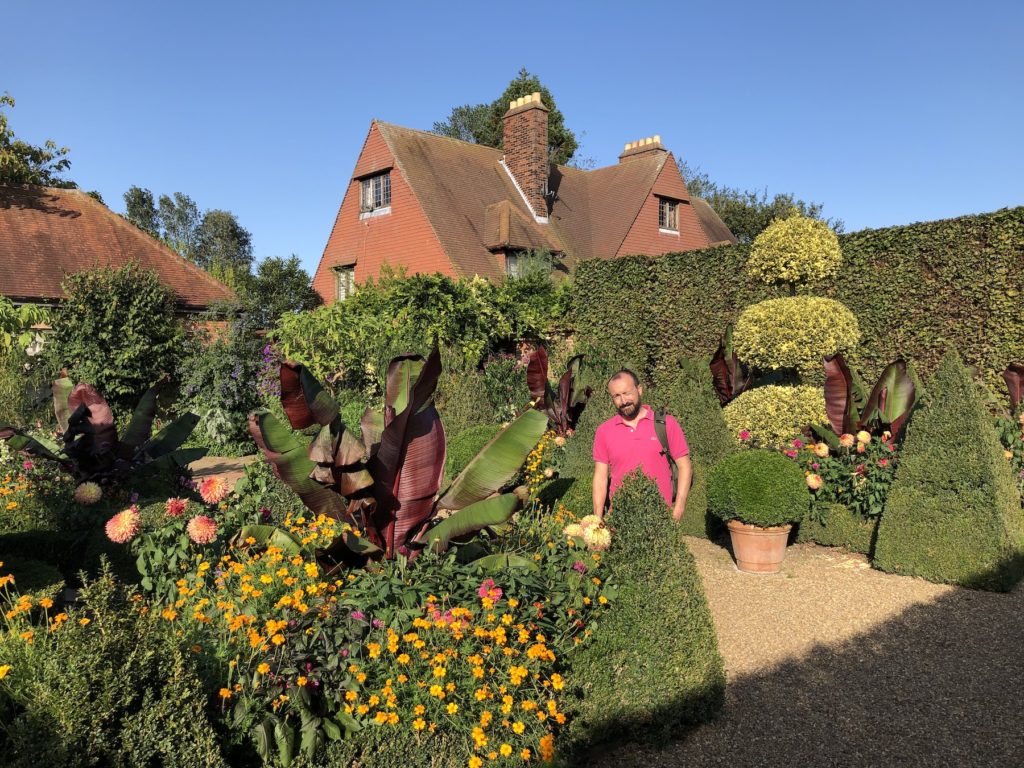
The Old Rectory is a huge private garden. Holkham Hall is a huge private estate of thousands of acres, owned by the Earls of Leicester, which stretches down to the coast at Holkham Bay in north Norfolk. Hidden among its grounds is a walled garden to beat all walled gardens, enclosing an unimaginable six acres of gardens, greenhouses, cold frames and workers’ offices. But over the years it had been allowed to decline so now a programme of restoration is underway, served by an army of volunteers who are working to rejuvenate the planting, renovate the structures and encourage more wildlife.
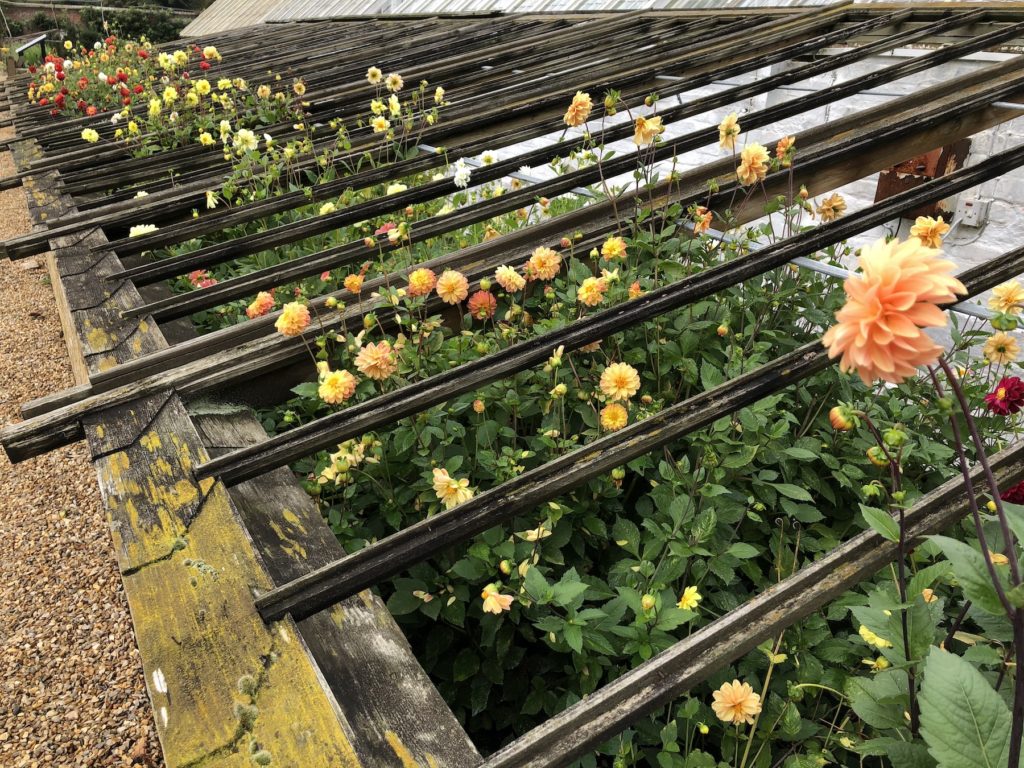
There’s a hell of a lot to do but many improvements have already been made to the greenhouses, an exotic garden and the fruit and veg sections. The site is so big that there’s even room for a vineyard. The weather was drab during our visit and some of the planting was dying off but even so the walled garden was well worth the £3.50 admission. It was also very quiet, ensuring that we didn’t have to engage in the awkward coronavirus distance dance with strangers.
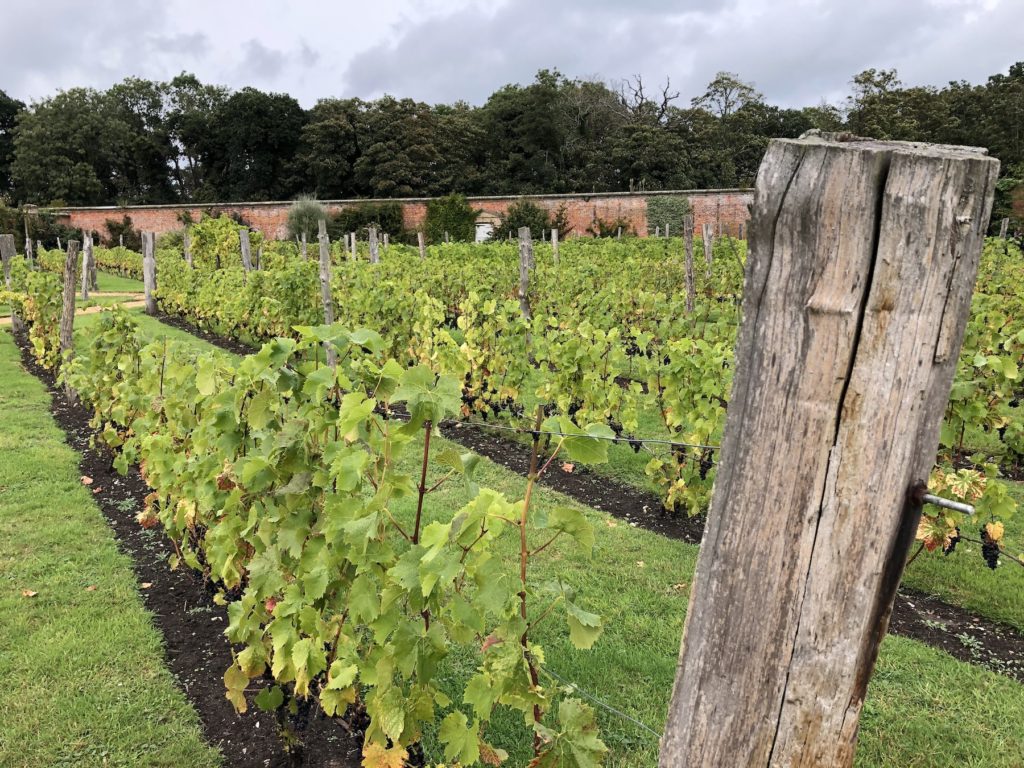
The sun was shining when we went to the gardens at Hoveton Hall, near the Norfolk Broads town of Wroxham. A somewhat modest country house compared to Holkham, the grounds also feature several walled gardens full of native and exotic plants. Grasses provided much of the structure and inspiration for our own garden back home in South London while an old worker’s cottage offered a pretty backdrop. We moved on to the woodland and water gardens, surrounded by an ornamental lake and extensive farmland, and stopped at the cafe for lunch and a quick rub-down with the obligatory and ever-present hand sanitiser.
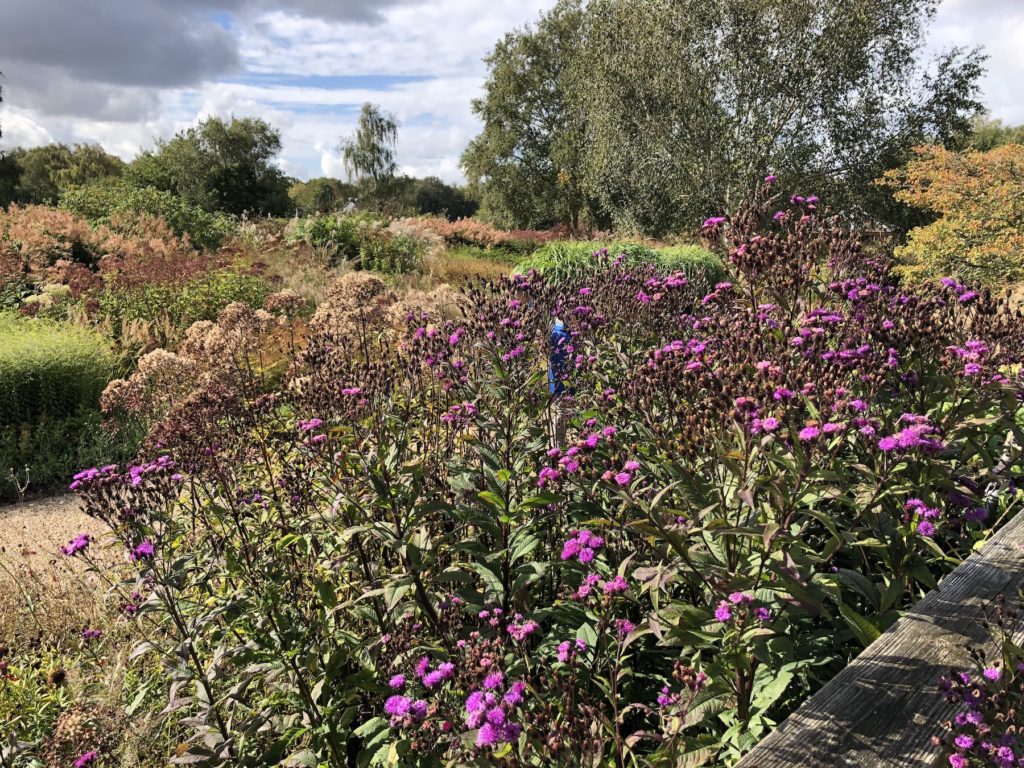
Pensthorpe Natural Park near Fakenham in Norfolk is a 700-acre site given over mostly to wetlands, marsh and lakes, but with several gardens too. One is the dreamy Millennium Garden designed by Piet Oudolf, with its drifts of colour, grasses and perennials, and views beyond to one of the lakes. Being close to autumn, rudbeckias were among the most colourful plants on display but helianthus, salvias and sedums were clinging on too and provided much cheer on a sometimes chilly day.
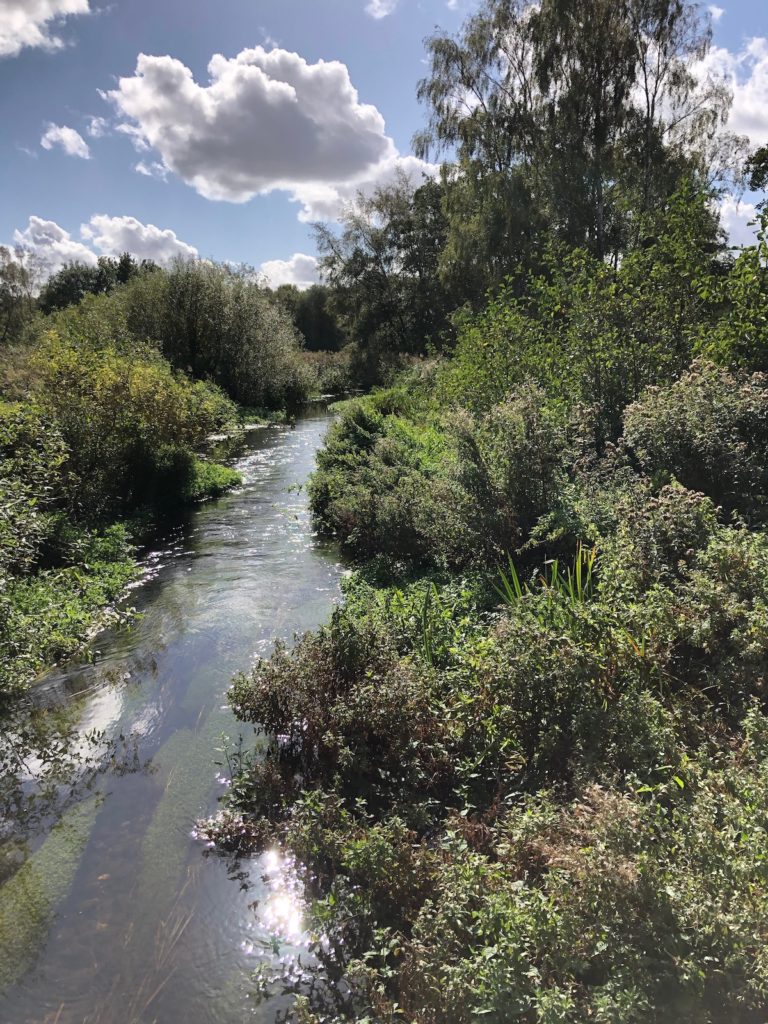
But there is much more to Pensthorpe than its gardens. It’s a conservation park and is working on programmes to save cranes, corncrakes and red squirrels, among other species, and restore at-risk habitats. The site is dotted with hides and criss-crossed by footpaths, which we explored before the rain came down. The River Wensum carves through the park and the trust that runs Pensthorpe has done much to restore it to the benefit of the wildlife that lives within it and on its banks, including voles and otters. Not that we spotted any…
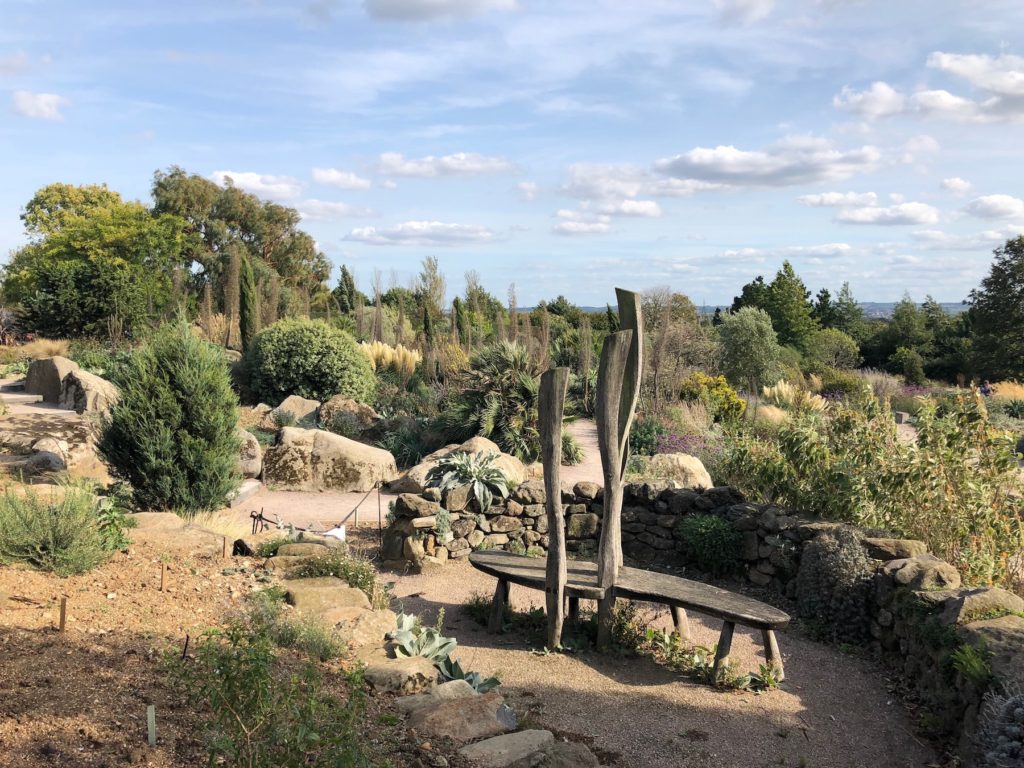
We stopped for lunch in the cafe, observing the new norms in the coronavirus age, and pondered the viability of the park and all the other gardens we’d visited in an age where so many of us are deterred from going out. All rely on visitors to survive, to one degree or another. Even the grand Royal Horticultural Society, whose gardens at Hyde Hall in Essex we’d visited on our drive up to East Anglia, was struggling to make ends meet without its spring and summer festivals. It would be an awful loss if even one of these gardens and parks folded…

